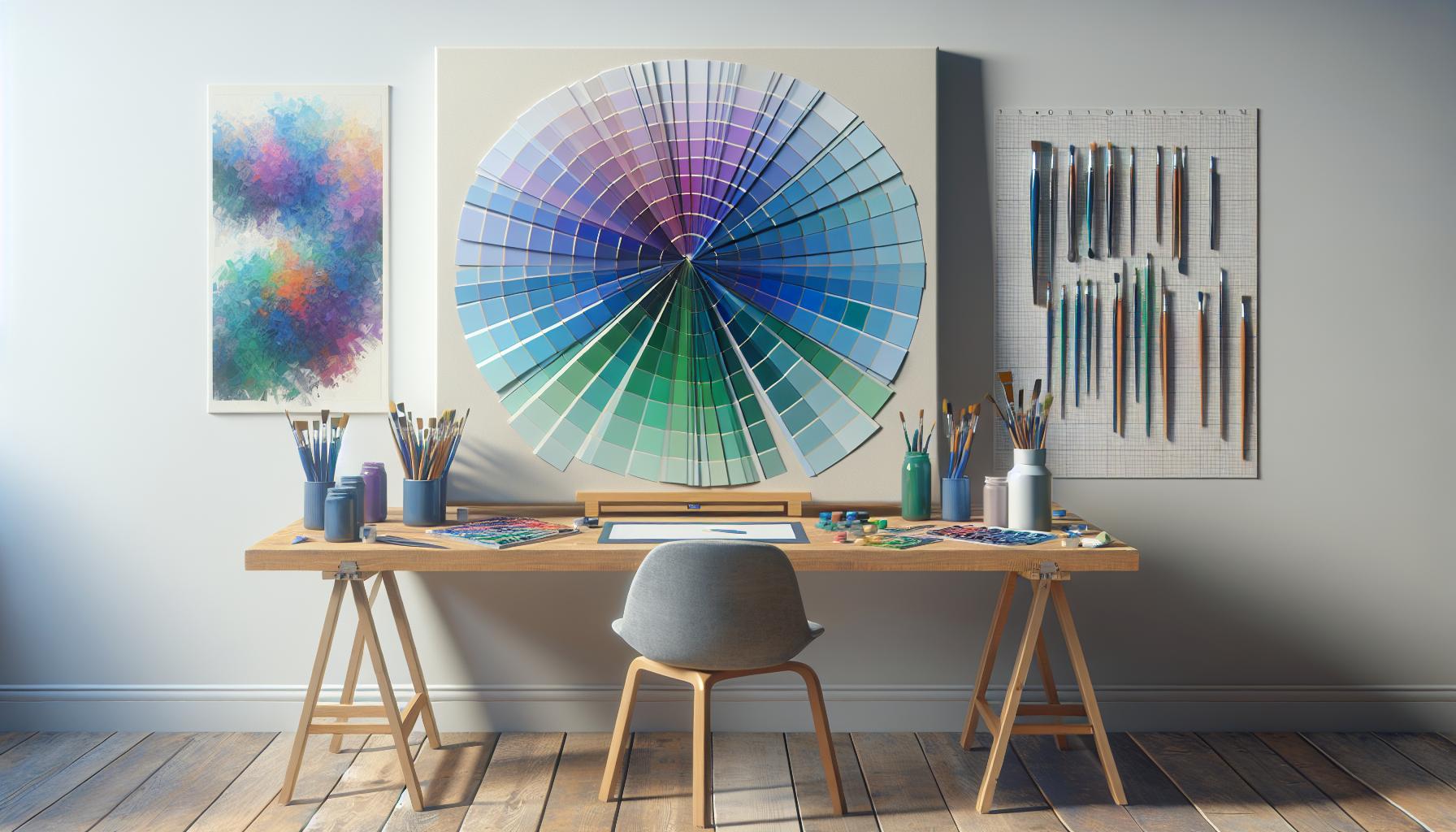alignfile.com
Empower Your Cloud Journey: Insights, Analysis, and Tools for Success
About Us
Catalyzing Digital Transformation
Meet AlignFile
At AlignFile, we’re passionate about pioneering the future of digital innovation. With a steadfast commitment to excellence, we curate a wealth of knowledge and resources in cloud computing, data analysis, and productivity tools. Our mission is simple yet profound: to empower individuals and businesses alike with the insights, tools, and strategies they need to thrive in today’s dynamic digital landscape. Through our meticulously crafted content and unwavering dedication to our audience, we strive to be your trusted partner on the journey towards digital excellence. Join us as we redefine possibilities and shape the future of technology together.
Cloud Computing Tools from Dolamis Polnek
"Cloud computing is a great euphemism for centralization of computer services under one server"
- Evgeny Morozov
Data Analysis Picks by Solenem Delpak
3 Things You Need to Know About Continuous Data Protection
Mastering Exploratory Data Analysis in Python: Visualization, Cleaning, and Case Studies
Mastering NVivo: Your Comprehensive Breakdown to Efficient Data Analysis
Top Free Software for Qualitative Data Analysis: Comparing NVivo, Dedoose, Atlas.ti & More
Stay Ahead of the Curve
Subscribe to AlignFile Insights
Elevate your understanding of cloud computing, data analysis, and productivity tools with our exclusive newsletter. Delivered straight to your inbox, our curated content provides valuable insights, expert tips, and the latest trends, ensuring you’re always in the know



















